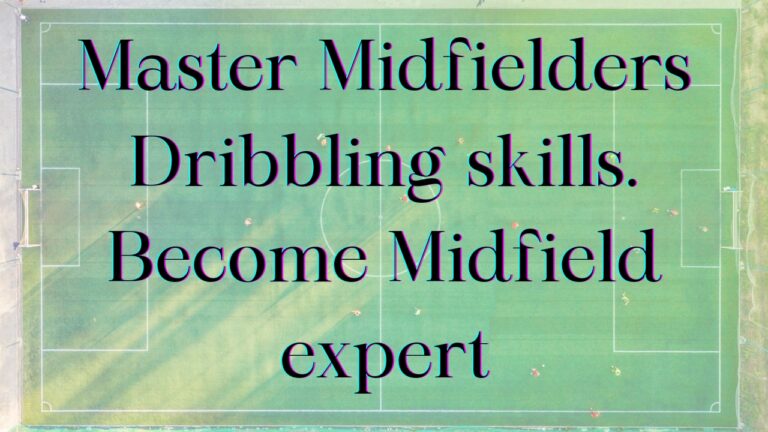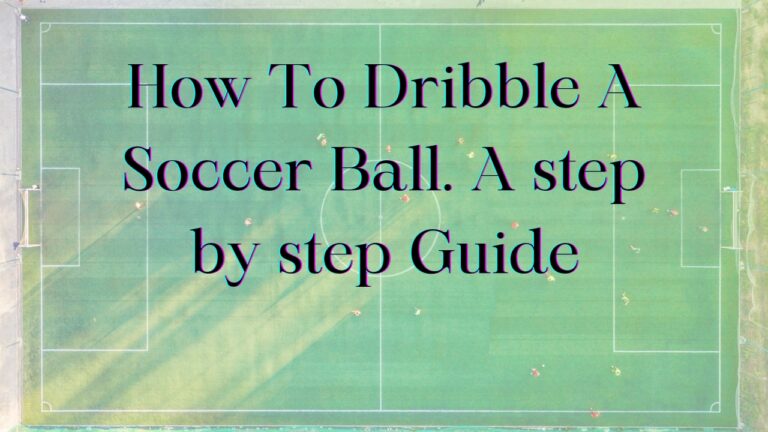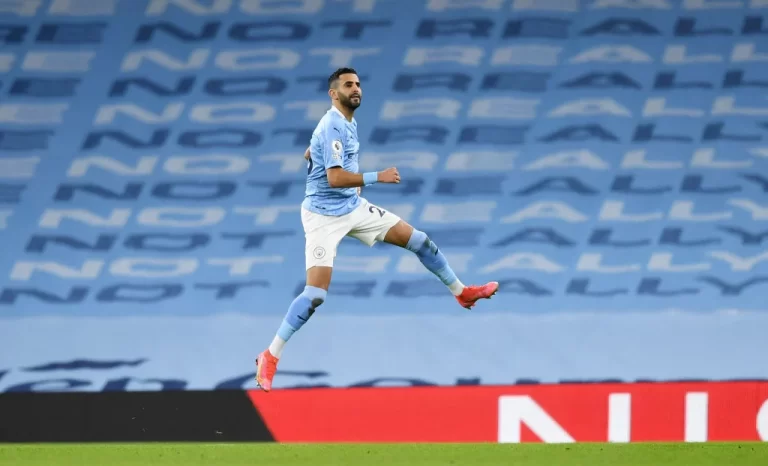What is a Striker in Soccer?
A striker is one of the most important positions in soccer. They are attacking players who play closest to the opposing team’s goal with the main aim of scoring goals. Strikers are often referred to as forwards or center-forwards, and they lead the attacking play for their team.
The striker is usually the most advanced player on the pitch and spearheads the attack by making runs into the box and getting on the end of passes, crosses, and through balls. Their primary objective is to convert chances and score goals. While some teams deploy one main striker, others use two strikers in tandem as a strike partnership.
The Different Types of Strikers in Soccer
While strikers share some common attributes, different types of forwards bring unique skills and styles of play to the position. Some of the most common striker roles include:
Target Man/Hold-Up Striker
The target man is a typically tall, strong, and physical striker who excels at holding up the ball with his back to goal. Target men like Zlatan Ibrahimovic use their strength and aerial ability to control high balls played up to them, acting as a focal point for attacks. They bring teammates into play by controlling the ball and laying it off simply, starting attacking moves. Target men are especially useful against packed defenses as they can dominate physically.
Poacher
Poachers are opportunistic strikers who specialize in scoring scrappy goals from loose balls and rebounds. Instead of getting involved in the build-up play, they conserve their energy and focus on getting on the end of chances in the box. Their excellent sense of positioning and killer instincts allow them to score many “ugly” goals. Filippo Inzaghi was a classic poacher.
Advanced Forward/Complete Striker
The advanced forward is a well-rounded striker who leads the line in the true sense by linking play, pressing intensely, finishing chances, and operating as a lone striker if needed. Harry Kane is a good example of a complete striker who can do it all.
False Nine
The false nine is an unconventional striker who drops deep into midfield from the center-forward position, acting as a creative fulcrum. The false nine like Lionel Messi pulls defenders out of position and opens up space for wingers and onrushing midfielders to exploit.
Key Attributes and Skills of Successful Strikers
To excel as a striker requires a diverse skillset and certain attributes that allow them to fulfill their primary role of scoring goals. Here are some of the most important:
Clinical Finishing
Strikers must have composure, technique, and placement in front of the goal to convert a high percentage of their chances. The best strikers are clinical with both feet and have a range of finishing techniques like side-foot placement, chips, volleys, and powerful shots.
Intelligent Movement
Clever movement is an underrated skill. The best strikers time their runs perfectly, find pockets of space in the box, and lose their markers with ease. Their excellent positional sense gets them into scoring positions.
Pace and Acceleration
Pace allows strikers to burst past defenders and latch onto through balls played behind the defense. Accelerating quickly gives them an advantage in getting to loose balls first.
Heading Ability
All strikers must be able to attack crosses and score headers from set pieces and open play. Strong neck muscles and brave heading technique are important.
Link-Up Play
Good hold-up play, layoffs, flicks, and combination play allow strikers to bring teammates into the attack. No striker can do it alone.
Work Rate
Hardworking strikers press intensely to win the ball high up the pitch. They also track back to help defend when required.
Famous Strikers Throughout Soccer History
Some of the greatest soccer players of all time have been strikers. Here are just some of the prolific goalscorers and legendary forwards from soccer history:
Brazil Pelé, Ronaldo, and Romário are Brazilian icons who were phenomenal finishers. Pelé is considered by many to be the greatest striker and player ever.
Argentina Gabriel Batistuta, Diego Maradona, and Lionel Messi led the line for Argentina. Maradona was a classic number 10, not a pure striker, but still lethal in front of goal.
France Thierry Henry and David Trezeguet scored goals galore for France. Henry’s pace, skill, and finishing were unmatched in his prime.
Italy Filippo Inzaghi is regarded as one of the craftiest poachers ever. His scoring rate for club and country was exceptional.
England Alan Shearer and Harry Kane are two of the top Premier League strikers. Shearer has long held the scoring record, while Kane is breaking numerous records.
Poland Robert Lewandowski is Poland’s all-time top scorer and one of the most clinical strikers in Europe currently.
Netherlands Ruud van Nistelrooy had incredible scoring rates everywhere he played.
Portugal’s Cristiano Ronaldo has 127 goals.
The list goes on, showcasing how strikers are often the biggest stars and profiles for both club and country.
Striker Strategies and Runs
Intelligent movement and well-timed runs are crucial for strikers to get into goalscoring positions. Here are some of the most common striker strategies and runs:
Make runs in behind the defense: Well-timed curved runs to stay onside and latch onto through balls in the channels or over the top.
Start wide and cut inside Wingers and wide forwards starting from outside positions can cut inside at an angle onto their stronger foot to open up shooting angles.
Draw defenders out of position: Clever hold-up play or passing combinations can manipulate defenses and open up space for themselves or teammates.
Follow in for rebounds: Poachers anticipate shots saved by the keeper and rebound off defenders, ready to pounce on loose balls.
Near post runs: Getting across defenders to attack balls flashed across the six-yard box.
Pull to the back post: Finding space unmarked at the back post to attack crosses from the opposite flank.
Analyzing runs and movement patterns of top strikers allows any forward to learn and adopt new strategies. Their angled runs, change of pace, and adjustments create options.
Drills and Training to Improve Striking Play
Strikers should devote training time to drills and exercises that help sharpen their impressive yet multi-faceted skills. Here are some effective striker drills:
Shooting practice: Hone placement and technique shooting at corners from different angles and distances. Practice first-touch shooting.
Heading practice: Either individually or with a partner, attack crossed balls into the box focusing on accuracy and power.
Running drills: Sharp sprints on the turn and changes of direction drills to improve acceleration.
Passing combinations: One-touch passing, wall passes, and takeovers to develop link-up play.
Analyzing movement: Study and replicate the runs and movements of top strikers.
Getting in behind defenders: Practice timing curved runs to stay onside and reach through balls.
Finishing under pressure: Coaches can apply time limits and defenders to simulate real pressure on strikers.
With dedicated training, aspiring strikers can develop composure, positioning, movement, link-up play, and, of course, clinical finishing to become potent match-winners.
Conclusion
Strikers are arguably the most important players on the soccer pitch. Their ability to score goals and lead the attacking line for their team often makes the difference between winning and losing.
There are many types of strikers, from target men who dominate aerially to poachers who focus solely on converting chances. Wide forwards, advanced forwards, and false nines offer alternate interpretations of the striker role.
Soccer has been blessed with clinical finishers and truly great strikers throughout its history, from all corners of the globe. These forwards etch their names into folklore through their goalscoring exploits, which decide the biggest matches and trophies.
AUTHOR





